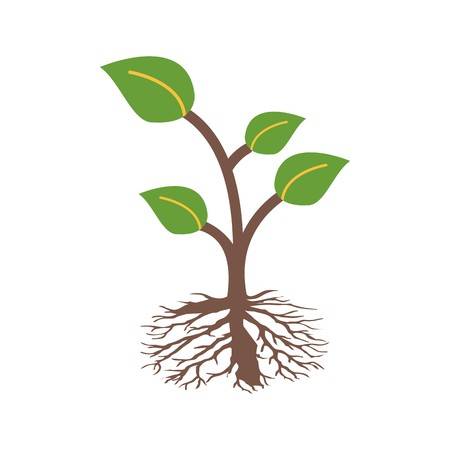Most of the agronomic traits are known as complex traits. These traits are polygenic, they are regulated by several small effect genes that cumulatively give high explained phenotypic variation in the population. The detection of these genes requires accurate phenotyping methodologies (Ingvarsson and Street 2011). Experimental designs greatly affect the precision in phenotyping. Biological and experimental repetitions are mandatory to optimize the average trait value of a genotype. In addition, repeating the same experimental design in multiple locations with large number of plots is crucial to understand how big the genotype by environment interaction is for the trait of interest (Han et al. 2015). As it seems, unraveling the genetics of a complex trait is challenging because it requires an elaborate work and yearly repeated experimental designs. Innovations in agricultural bio-mechatronics will improve high-throughput phenotyping methodologies in order to speed up experiments and to increase accuracy and precision of phenotyping for complex traits. Following correlation of genotypes with all these data points, collected via high-throughput phenotyping, will create a model to explain phenotypic predictability of a crop. All these biotechnological innovations will provide efficient and progressive research platforms. In our study, we are going to use the microfluidic platform providing a controlled micro-environment for seedling growth and a non-destructive imaging facility (Elitas et al. 2017).
The objectives: The purpose of this project is developing digital plant phenotyping methodologies to increase precision of the data collection in order to increase efficiency of plant breeding.
The main task of the project: We will develop a non-destructive root visualization methodology using microfluidic system.
Task-1: Seed collection: Seeds of different plant species will be purchased.
Task-2: Designing custom-made microfluidic plates suitable for seedling growth: Plates will be made using polydimethylsiloxane (PDMS) in Sabancı University Co-Space.
Task-3: Seed germination.
Task-4: Seedling growth: Seedlings will be transferred to agar growth medium.
Task-5: Imaging and image processing: Images of plates will be taken by high-definition camera. Root length and width will be measured using an image processing software.
Equipment and chemicals: Plant growth chambers, agar growth medium (sucrose, agar, MS with vitamins, NAA, BA, Zeatin, IBA, Kinetin), plates, filter paper, PDMS, camera, seeds, image processing software.

About Project Supervisors
Nihal Öztolan Erol, linkedin.com/in/nihal-öztolan-erol-phd-13530b22, nihaloztolan@sabanciuniv.edu
Meltem Elitaş, https://fens.sabanciuniv.edu/tr/faculty-members/detail/2476, melitas@sabanciuniv.edu
.jpg)